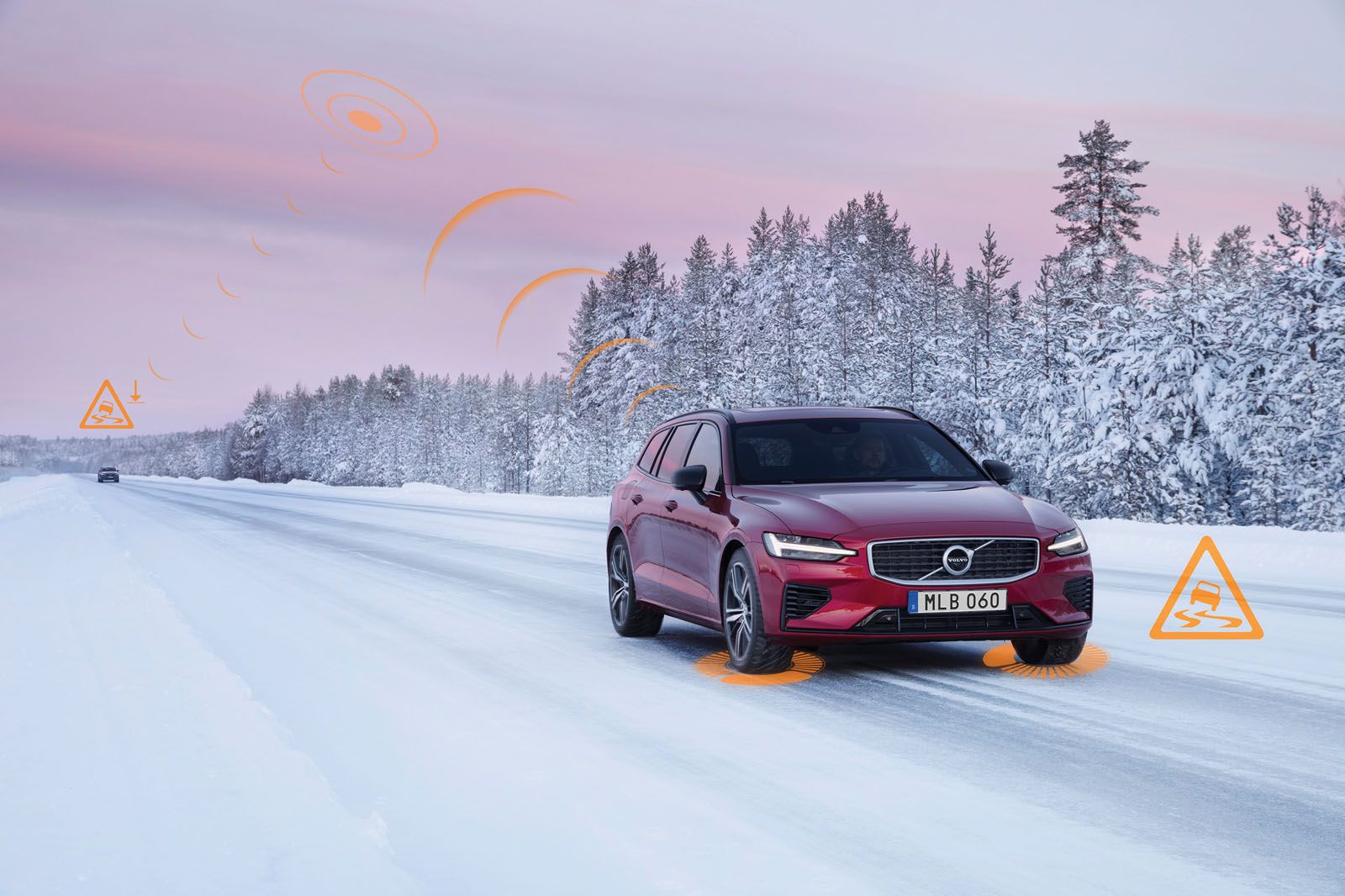They will also be your butler, your masseuse and even your doctor
Soon you might not need to visit your doctor. You’ll just slide onto your car seat and let the motor do your diagnosis. In the next five to 10 years, exciting new technological advances are destined for the road: sensors that monitor your health, others that control the car; automobiles that actually talk to one another; smart highways that allow you to ride people’s bumpers in perfect safety; airbags that actually prevent an accident; and windscreens that tell you which way to turn. And if all that sounds complicated, why not just leave it to your AI butler?
Driver Health Monitoring
As well as getting you from point A to B, cars could soon act as your personal physician. Many major carmakers are working on intelligent seats and other biosensor-based equipment to monitor the driver’s vital signs.
Backrest-embedded electrocardiographic sensors, which do not require contact with the skin, monitor the heart, while cockpit cameras can monitor eye movement. If the driver falls asleep, the car can wake them up. If they suffer a major incident, such as a stroke or heart attack, the car can alert emergency medical services and relatives—and, combined with autonomous pilot technology, the car could take control and drive to the hospital or place of safety.
(Related: Here's How Hyundai Is Using Technology To Build The Smartest, Most Sustainable Cars On The Market)
In addition, Ford is working on cloud-based technology and apps linked to wearables that can detect and manage allergies, asthma and diabetes. Diabetics, for example, will be able to monitor their glucose levels via a dashboard report rather than relying on a smartphone or another screen that would force them to take their eyes off the road. Should the driver’s condition take a turn for the worse, medics can be connected in real-time to provide alerts, advice and assistance.


